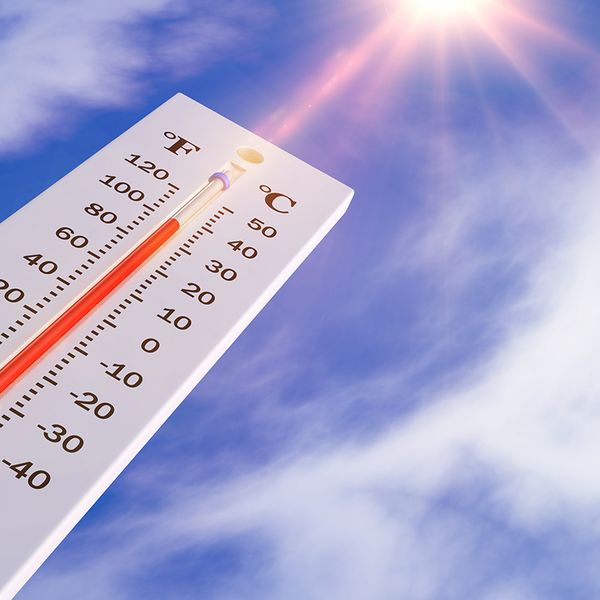Deep-dive into OSHA’s heat exposure NEP
Effective April 8, 2022, OSHA created a National Emphasis Program (NEP) to proactively inspect workplaces for heat-related hazards. This NEP incorporates and expands on a September 2021 heat initiative memorandum to further focus on heat-related hazards in both outdoor and indoor work environments. The NEP will remain in effect for three years unless canceled or extended. It will target over 70 high-risk industries based on incident rates of heat-related illnesses; elevated numbers of fatalities or hospitalizations; and the highest number of heat-related general duty clause violations.
Inspections are triggered by the NEP’s established “heat priority days,” which occurs when the heat index is expected to be 80 degrees Fahrenheit or higher. In other words, OSHA will conduct these targeted, pre-planned inspections on any day the National Weather Service has announced a heat warning or advisory for the local area. During a heat-related inspection, the compliance safety and health officer (CSHO) is expected to conduct the following:
- Review of OSHA 300 Logs and 301 Incident Reports for any entries indicating heat-related illness(es).
- Review any records of heat-related emergency room visits and/or ambulance transport.
- Interview workers for symptoms of headache, dizziness, fainting, dehydration, or other conditions indicative of heat-related illnesses.
- Determine if the employer has a heat illness and injury prevention program addressing heat exposure.
- Document current conditions relevant to heat-related hazards, as well as those at the time the incident occurred (for unprogrammed inspections).
- Identify activities relevant to heat-related hazards.
CSHOs investigating an industry for other purposes may expand upon and open or refer a heat-related inspection for any hazardous heat conditions observed, recorded in the OSHA 300 logs, or where an employee brings a heat-related hazard(s) to the attention of the CSHO. Establishing an effective heat illness and injury prevention program will help the employer determine if workers are exposed to heat hazards based on environmental conditions (e.g., weather, or indoor temperature and humidity), clothing, and workload. A written program should also include policies and procedures for controlling heat hazards, as well as identifying the following:
- How you will monitor ambient temperature(s) and levels of work exertion at the worksite.
- How and where you will offer unlimited cool water that is easily accessible to employees.
- When scheduled rest breaks will take place.
- What the process is for requiring additional hydration breaks.
- Where employees will have access to a shaded area.
- How you intend to provide time for acclimatization of new and returning workers.
- How you will implement a “buddy” system on hot days.
- What administrative controls are used (earlier start times, employee/job rotation) to limit heat exposure.
- How you will provide (and how often) training on heat illness signs, how to report signs and symptoms, first aid, how to contact emergency personnel, prevention, and the importance of hydration.
A few OSHA state-run-states have adopted standards to cover heat exposure. California’s Heat Illness Prevention Standard requires employers to provide training, water, shade, and planning. A temperature of 80 degrees Fahrenheit triggers their requirements. In Minnesota, their standard applies to indoor places of employment. In Washington, their emergency heat exposure rules require employers to take additional precautions to prevent heat-related illness. While employers are responsible for providing workplaces free of known safety hazards, including heat, there is currently no Federal standard that addresses specific requirements for mitigating worker exposure to high temperatures. However, being good stewards of the safety profession, it is in your best interest to be proactive when it comes to the safety of your employees as it relates to heat.

















































